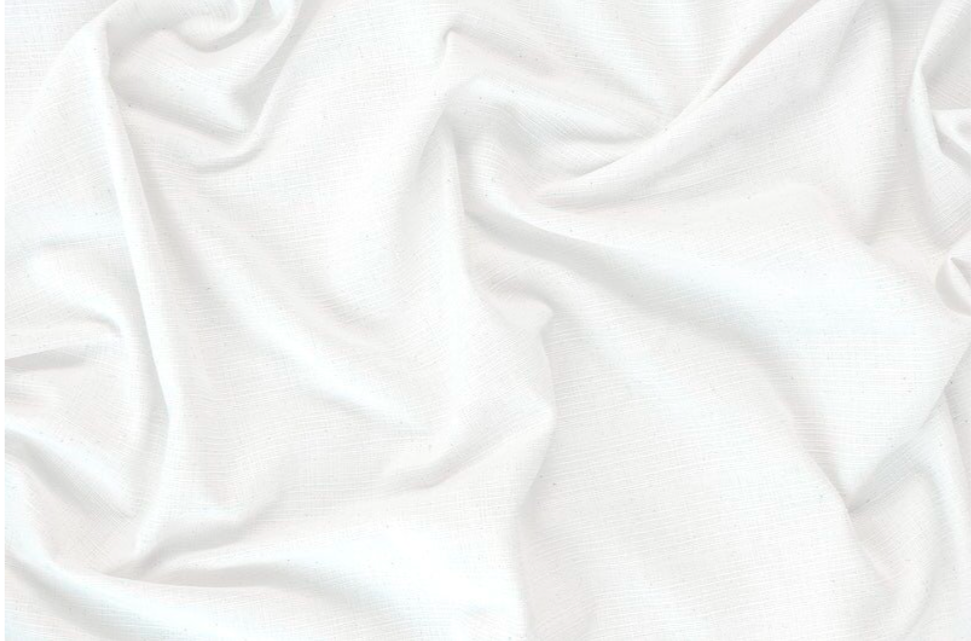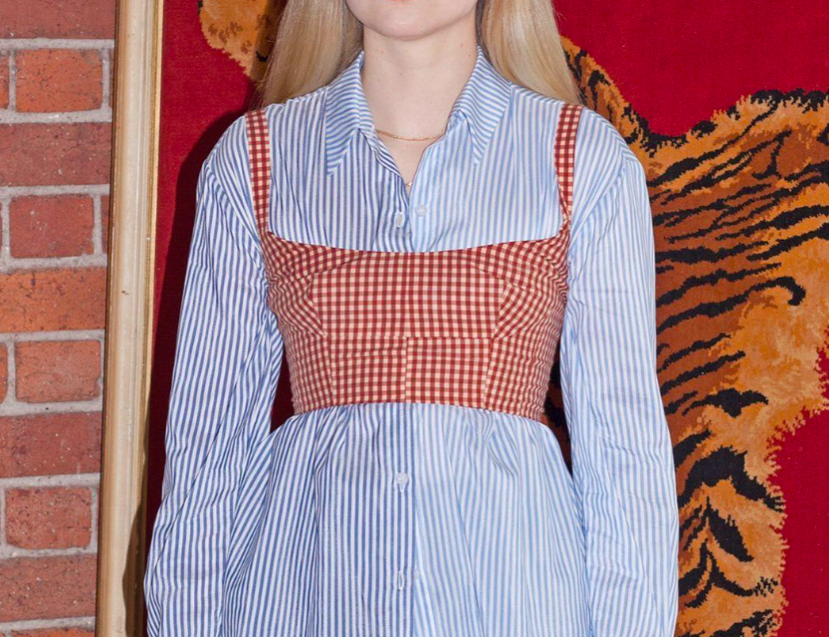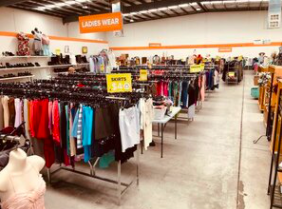How do we decipher ethical fashion?
Does it mean local production, emerging designers, rented clothes, organic cotton, or clothing made from recycled bottles?
How much did you pay for the clothes in your closet? If you have the receipts, you can calculate this. However, there is a cost behind each dress, pair of jeans and shoes that goes unnoticed: the cost to the environment.
Australians dump 6,000 KG of clothing into landfill every 10 minutes.
We have collected information on sustainability and what makes an ethical brand (with a list of our favourites). In summary, an ethical brand makes sure it positively impacts on people, the planet, and animals.

Climate change
The garment industry is one of the most polluting in the world, but some clothing makers and consumers are calling for a more sustainable industry. Fashion contributes over 10 percent of all greenhouse gases and, if things continue as is, by 2050 more than 25 percent of the entire global carbon budget will go to this one industry.
While clothing in general has complex supply chains that makes it difficult to account for all of the emissions that come from producing garments, the carbon hotspot is at the factories where fabric is made. More than 75 percent of the carbon footprint in the entire lifecycle of our clothing takes place there. Any company is only doing “sustainability” if they are lowering the carbon footprint of their factories.
Doing this isn’t rocket science; it’s a matter of bringing in consultants to make the mills more energy efficient and changing the energy supply to renewables (and away from sources like coal). Levi's is one of the very few big companies making a serious commitment to do this type of work. The remaining 40% of emissions is from consumer use – mainly from washing the jeans – and disposal in landfill.
Labour & Women’s Rights
Garment workers—the large majority being women—for a variety of reasons, are some of the least paid labourers in the world. The apparel industry is itself a hotspot for modern day slavery and child labor, according to the U.S. Department of Labor.
Devastatingly, it is also repeatedly responsible for garment worker deaths from unsafe conditions. In order for fashion to address this issue, fashion companies must start measuring and reporting how much workers in their supply chain are being paid.
A report from Oxfam found that if brands absorb the cost of paying living wages within their supply chains, it would cost them less than one percent of the price of a garment.

what can be done
Fashion is a consumer facing industry, and in this, consumers have real power. The power to be vocal about change consumer expectations with new behaviours.Before buying, ask if the manufacturers used sustainable criteria to make the clothing.
Be creative in combining garments and recycle them after they wear out.
Repair clothing.
Resell online with platforms like Depop
Buy only what you need. In some countries, 40 % of purchased clothing is never used.
Consider quality over quantity. Every additional year a garment is worn means less pollution. Cheap clothing often doesn't survive the wash cycle, meaning that in the long run you don’t save money compared with buying better quality garments.
Buy second-hand clothing.
Be a smart laundry manager — wash full loads and use non-abrasive detergents, for example. See our Clothing Care Guide
Donate what you no longer use. Here is a map of charity bins in Melbourne
Our favourite ethical brands
-

Nico
NICO is committed to upholding and cultivating ethical and sustainable transparency in the fashion industry. They use Tencel Modal and organic cotton as well as recycled cottons!
-

Spiraro
Spiraro is an experimental fashion project using recycled fabrics and several types of eccentric production techniques inspired by the natural world and its presence in an urban landscape.
Started by India Heath.
-

Savers
Savers is committed to keeping one-of-a-kind finds out of landfills. We’ve all found a thing or two from the massive selection.
Another cool thing - They’ve also created a leading recycling and reuse program, where we keep, on average, 317.5 million kilograms of reusable items out of area landfills every year.
Find your nearest store below!
-

Amphitrite's Treasure
Unique handmade bing made from repurposed vintage jewellery & semi-precious stones.
By Nadia Zwecker.
-

Sister Studios
Producing collections crafted from locally sourced, vintage fabrics, the duo behind Sister are all about making practical yet pretty things. Plus, everything is designed, developed and created in Melbourne.
-

Goodbyes
Undeniably a crowd favourite in Naarm, Goodbyes is doing its bit to reduce the fashion industry’s alarming waste problem. As well as reselling unique, high-quality pieces, its store in Brunswick, Collingwood and Prahran also support a range of charities and causes throughout the year.
-

Stella Vendetta
Stella Vendetta finds 99% of materials/garments from op shops, the street, family and various other mysterious and beautiful place.
-

E NOLAN
With the purpose to build a considered made-to-measure wardrobe for all women and LGBTQIA+, E Nolan made-to-measure tailored garments are a necessary craftsmanship with an emphasis on fit, quality and sustainability. Bit pricey - but you pay for quality,
-

A.K.E.E.P.
Naarm-based designer Abby Keep meets each of her customers and takes beautifully personal portraits of each vest with its new owner. Choose from checkerboard, multiple colourways or stripes – or design something entirely different,
-

HIGHRACK STUDIOS
Dreaming of a utopia where fashion is slow and seasonless, Highrack sets the trends instead of following them. All orders are packaged using recycled paper and plastic-free components, then sent worldwide via eco-friendly, carbon neutral shipping.
-

BOODY
Boody is your one-stop-shop for sustainable AND affordable underwear made from bamboo. manufacturing process is designed to mitigate waste at every opportunity. Boody garments are knitted in tubes, resulting in very little wastage compared to traditional cut-and-sew manufacturing.
-

SLLO
Sllo has an unwavering commitment to sustainable and ethical practices within all elements of our process.
-

BROTHERHOOD OF SAINT LAWRENCE
There’s nothing more satisfying than scoring a second-hand steal at a true op shop. The coolest thing about the Brotherhood stores is that most of them section their styles and curate little ‘trend-based’ corners.
For a full list of the Brotherhood’s Melbourne locations below.
-

THE VERY GOOD BRA
In addition to creating products with 100% botanically sourced materials, that can home compost, this brand launches products via pre-sales to avoid over-production.
-

LOST & FOUND MARKET
This place is a treasure trove full of vintage fashion, furniture, art, records, bric-a-brac and more. Located in the heart of Fitzroy, this collection of individual stalls is the perfect place to go when you don’t know what you need.
-

IMAGO MELBOURNE
Imago only uses materials that have had a past life or were heading to landfill. Materials are sourced locally and include dead-stock, recycled materials & up-cycled materials.
Each bag comes with a seed, encouraging buyers to grow a plant with their purchase, ready for butterflies to land on!

